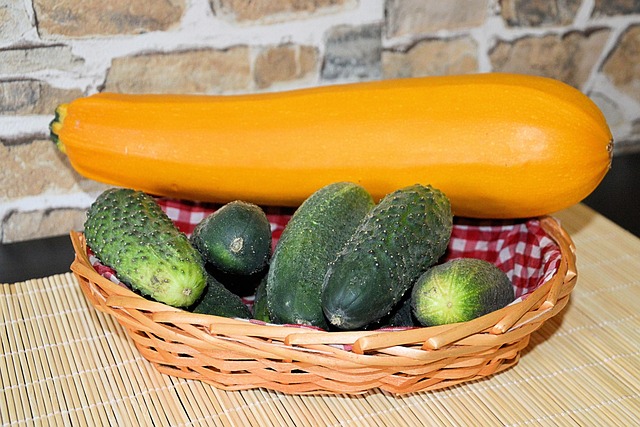
“Savory and Sweet: Exploring the Versatility of Parsnips in Your Cooking”
Savory and Sweet: Exploring the Versatility of Parsnips in Your Cooking
When you think of root vegetables, parsnips might not be the first one that comes to mind, but once you get to know this humble yet flavorful vegetable, it quickly earns a spot in your kitchen staples. Parsnips offer a unique sweetness combined with a subtle earthiness, making them incredibly versatile in both savory and sweet dishes.
For many home cooks, the parsnip is an underappreciated gem. Unlike its more popular cousin, the carrot, parsnips have a creamier texture and a nutty flavor that deepens when roasted or caramelized. This creates endless possibilities for experimenting in the kitchen.
Unlocking the Flavor in Savory Dishes
Imagine a cozy autumn dinner with roasted parsnips, seasoned with rosemary and garlic, perfectly caramelized to bring out their natural sweetness. Parsnips work beautifully in soups and stews, where they add body and a subtle sweetness that balances the savory broth. Mashed parsnips can be a delightful alternative to mashed potatoes, offering a lighter yet creamy consistency with a hint of sweetness.
Additionally, parsnips can be spiralized into noodles or thinly sliced to create chips, providing a fun and healthy way to incorporate more vegetables into your meals. When paired with meats like pork or chicken, the sweet-earthy notes of parsnip complement savory flavors wonderfully.
Bringing Sweetness to Desserts
But the charm of parsnips doesn’t end with savory meals. Their natural sweetness makes them an exciting ingredient for desserts. Parsnip cakes or muffins, for instance, are a delicious twist on traditional carrot-based baked goods, offering a richer, spicier flavor profile. Parsnip can also be incorporated into sweet pies or puddings, lending moisture and a gentle sweetness that enhances the overall texture.
If you’re feeling adventurous, try blending cooked parsnip into smoothies or sweet sauces for an extra boost of nutrients and flavor. The versatility of parsnip means it can adapt to your kitchen needs, whether you’re aiming for comfort food or healthy indulgence.
Cooking Tips to Elevate Parsnips
- Choose Fresh, Firm Parsnips: Look for parsnips that are firm, with smooth skin and no soft spots.
- Roast to Caramelize: Roasting brings out the natural sugars in parsnip, enhancing its sweet notes.
- Pair with Bold Flavors: Herbs like thyme and spices such as nutmeg complement parsnip well.
- Experiment with Texture: Try mashing, roasting, or even frying to find your favorite way to enjoy parsnips.
Incorporating parsnip into your cooking encourages creativity and a new appreciation for root vegetables. Whether you lean towards savory or sweet dishes, this vegetable’s subtle complexity adds warmth and depth, inviting you to explore its full potential in your kitchen.


